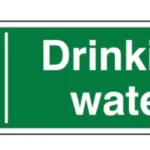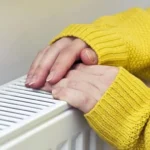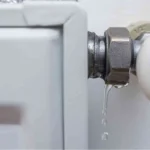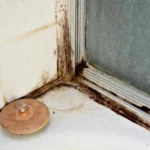Turn your home's water off quickly and safely!


Plumber - Paul
Paul's a member of the Chartered Institute of Plumbing & Heating Engineers, Water Regs UK (formerley WRAS – Water Regulations Advsiory Scheme) certificated as well as a qualified unvented cylinder engineer and a qualified heat pump engineer.
At some point in time, you’ll need your home’s water supply to be turned off.
Turn the water off? If you’re going on a long trip, shutting off your water is not only a good idea but a part of your home insurance policy. So, that if you’ve a leak whilst you’re away water damage will be considerably less. And you would have done your part in minimising the insurer’s risk – which is needed for them to pay out on the policy.
A typical cold-water tank holds 200-250 litres, and the damage that this will do to your home is small when compared to the hundreds of thousands of litres of mains water that may flood though your home if you’re away for few weeks.
You’ll also need to be able to turn the water off with many types of plumbing repair and or replacements.
And then there are emergencies! Pipe bursts, broken toilets, leaking boilers, flooding kitchens, broken taps, blocked drains etc. etc. all make knowing how turn off the water both at the mains and specific spots an absolute must.
Most homes, including new builds and flats will have stopcocks and water stop valves in expected places if they’ve been put in by a plumber. This isn’t always the case, particularly where an enthusiastic, “occasional DIYer” has been involved – so you should always take the time to check where these are located.
Not knowing where shutoff valves are, for example if a ceiling light starts to pour with water will end you up with significantly more damage and a much larger repair bill. And there’s the added danger of electrified water injuring or killing your family, visitors and pets.
This blog explains how to turn off the water supply to a building as well as appliances and fixtures. After reading it you’ll be prepared for any plumbing work needed, ready to deal with an emergency and quickly, and able to keep your home and your family safe.
Shut off your home's water? What you'll need!
Turn the water off? In most instances, you’ll be able to turn off the water supply to your washing machine, dishwasher and other water using electrical appliances by hand. And having their manuals close by and in a safe place will help and’s a good idea.
Some tasks though aren’t as straight forward, and you’ll need a few tool to help you out:
- Adjustable spanner
- Blade/flat head screwdriver
- Water pump/slip joint pliers
- Universal stopcock key
Along with these, you’ll also need to locate the following valves:
Main shutoff valve

Turn the water off? When something goes wrong with your plumbing and water’s pouring through your ceiling, walls or flooding up from the ground, it’s unlikely that you’ll want to spend time checking each and every of your home’s water shutoff valves. Stopping the water flow will be your priority, and once the initial panic subsides turning off the mains water will be the first thing that you’ll want to do.
The quickest way to turn the water off is to locate the main exterior shutoff and turn this off. You’ll normally find this in an outside utility cupboard, utility room or internal garage and is connected to a blue plastic pipe (made out of MDPE – medium density polyethylene) which connects to the water mains. If you live in a terrace, flat or maisonette you’re likely to find this under your sink or by your boiler or water heater or in a shared metering cupboard.
Unlike other shutoff valves, this one comes with both open and closed positions, and there are three different types to look out for – lever ball valve, tap-style valve (brass stopcock) or (red/blue) gate-valve. Turn these off and you’ll stop the flow of water into your home there and then.
Water meter shutoff
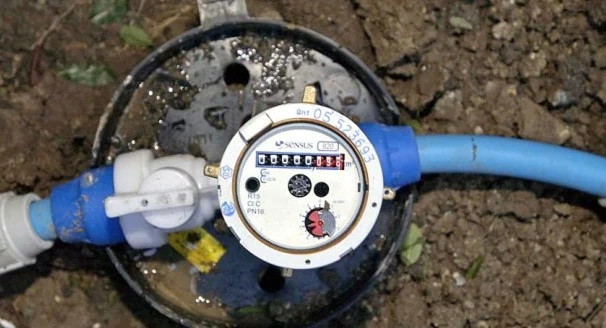
Turn the water off? If you’ve a water meter, as many homes do these days, you’ll be able to use this to turn off the water supply. It’s likely that you’ll know where this is as you’ll be comparing your water bill to its reading – a good idea as it’ll help you to spot any leaks that aren’t obvious, especially slow internal leaks.
Depending on your utility company the meter may be in your house or a basement which is ideal. Or less helpfully, in an underground box between the pavement and your home. And worse still if this’s tarmacked over – as you’ll then have to get in touch with your water company to get to the meter and the valve.
The shutoff valve in the meter uses an arrow to show the direction of water flow. You may need to turn the handle by hand or use a water meter key, screwdriver, or spanner. Always, do this as gently as possible and avoid unnecessary force so that you don’t damage or worse still snap off the valve head.
If it can’t be turned straight away let your utility company know, as they’re obliged to fix or replace this as it’s their property.
Local shutoff valves
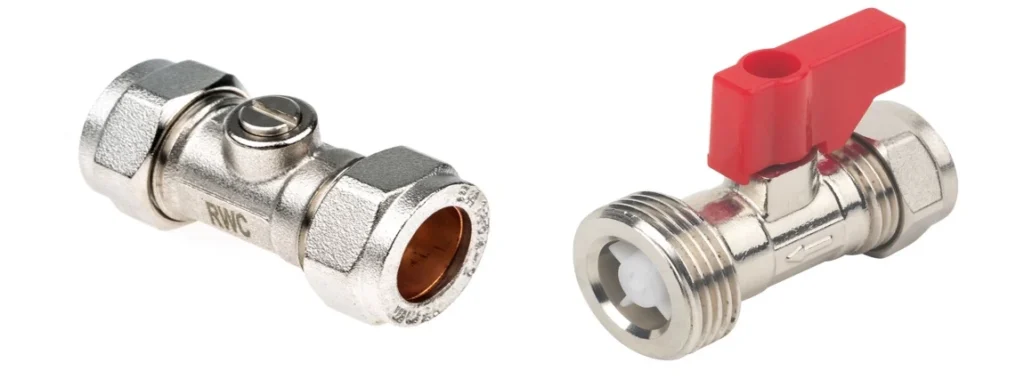
Turn the water off? All water using appliances and fixtures – so sinks, showers, baths, toilets and outside taps etc should have their own separate shutoff valve and will enable you to turn the water off. Finding these should be straightforward if put in by a skilled plumber. If this have been done a DIYer you may have to look a little further and more creatively.
So where should I look?
You’ll find the dishwasher’s and kitchen sink’s under the counter or in the cabinet, the toilet shutoff valve will be either in the cistern or within a short distance of the bowl and your home’s boiler should also have one close by.
These valves will normally have a coloured plastic switch that can be turned on or off, or a metal valve with a slotted flat-head screw. This is particularly useful as the screw-head can be used to regulate water flow. To fully stop the water with a screw valve turn the slot so that it’s perpendicular (90 degrees) to the valve fitting and direction of the water flow.
Outside stopcock
Turn the water off? If you can’t find your main shutoff valve or water meter valve, or these won’t budge and are stuck and you’re not able to turn or switch them with a reasonable amount of force, the next option you have is to turn off the water at the mains stopcock.
You’ll normally find this outside your property under a round or square metal cover, this may be plastic if you’ve a newbuild, and the tap will be a foot or more down the chamber’s shaft. Depending on the water company installing the cover it may have “water stop tap”, “water” or a large “W” on it, but not to worry if it doesn’t. You’ll be able to lift this open with a reasonably sized screwdriver or small crowbar

Wrapping up
We’ve covered why you may need to turn off your home’s water supply, the tool to use, the valves you’ll need to know and where to find them.
So, when it’s time to shut off water to an appliance or your whole home you’ll know what to do and how to do it quickly so that any damage or disruption is kept to a minimum.
And of course, remember to do all plumbing repairs and adjustments while the main supply is off. Also, remember that your home’s pipes will still have water in them so emptying them using a hose that ends outside is a good idea. If you ever have a problem turning off your water we’d love to help and will be round in a jiffy. Simply give us a call or text or WhatsApp.
See you soon....
That’s it for today! Until next time, you can always find us on www.angusplumbing.co.uk (we’ve a great on-line booking mechanism) or on Instagram, Facebook and YouTube. Or, if you wanted to, you can call, text or WhatsApp us on 07442 966664.
We’d love to hear from you, especially if there’s something, you’d like us to blog about.
All the best for now
The ANGUSplumbing team


